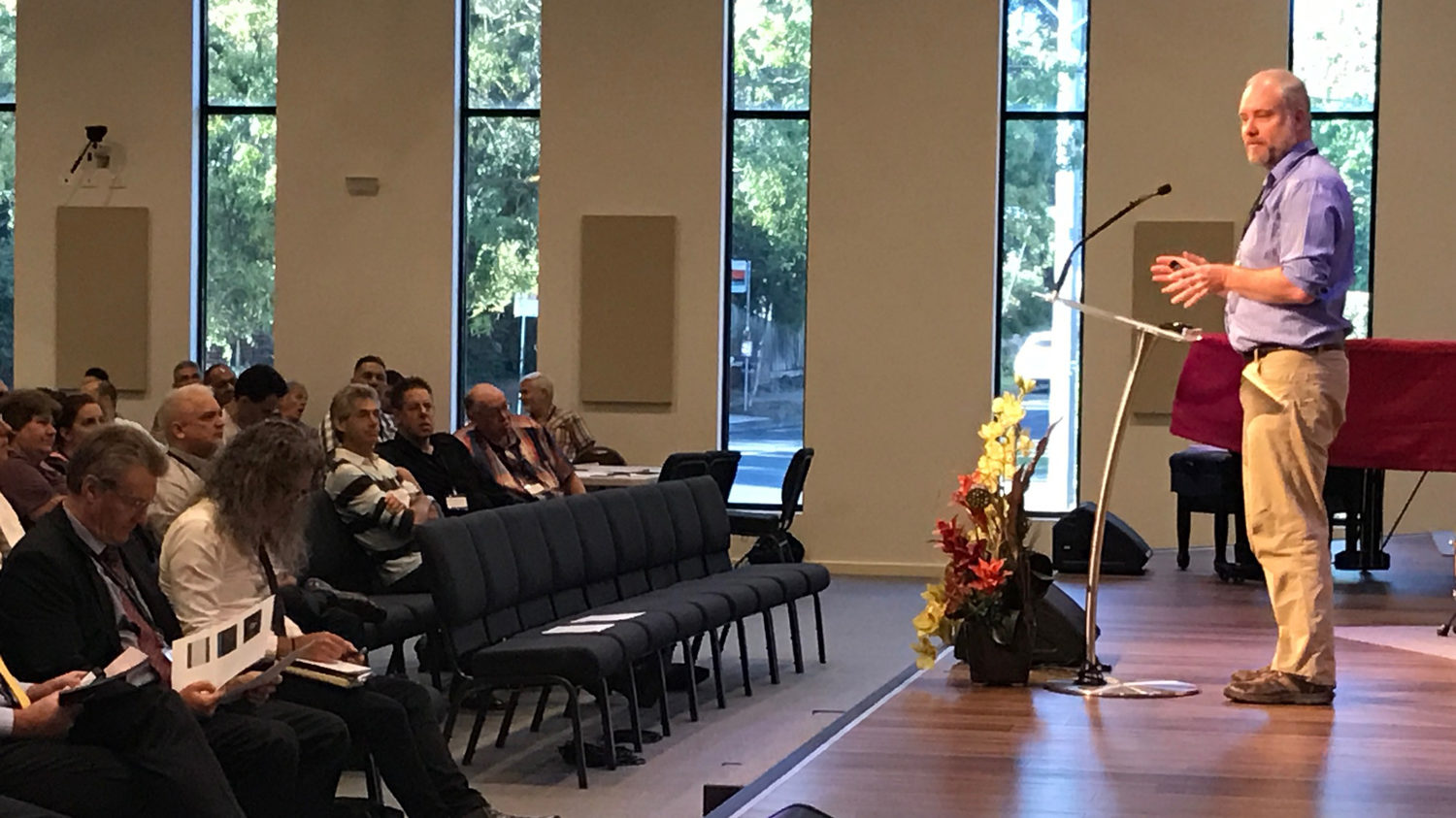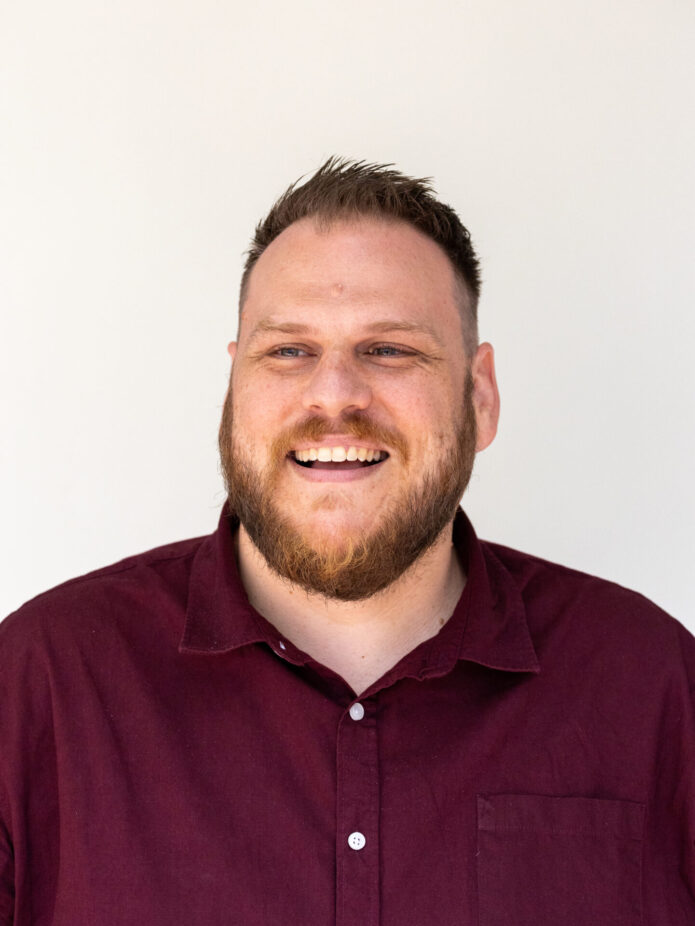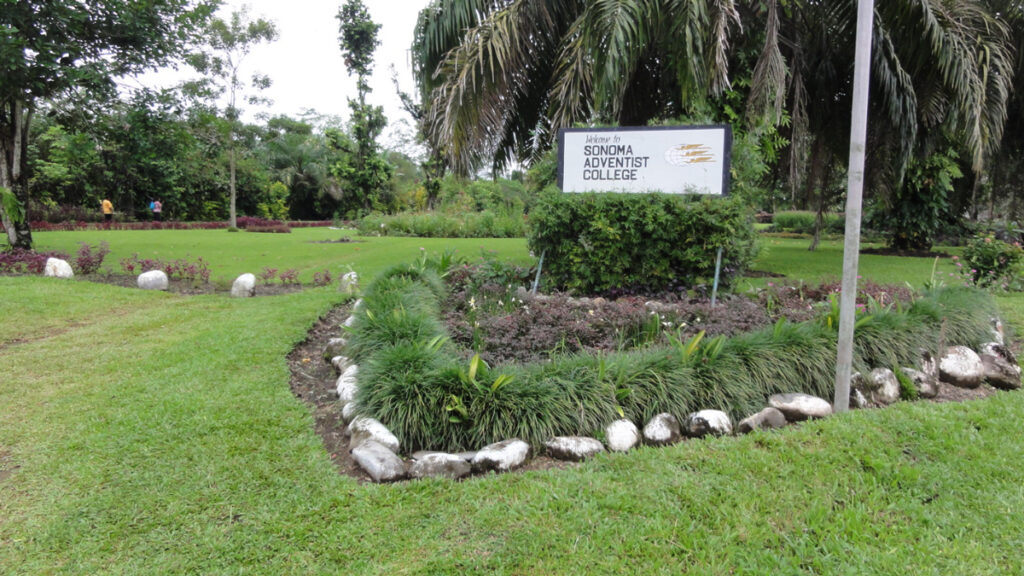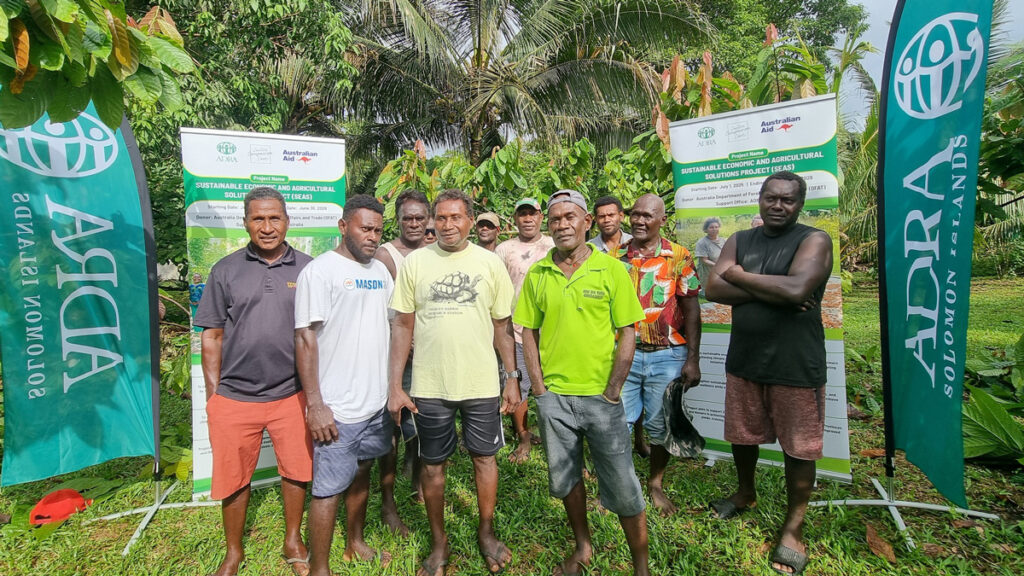For the first time church leaders from around Australia came together for a “super” advisory, in the newly refurbished Nunawading Adventist Church, Victoria, during the week (March 6–9).
Representatives from all of the Australian conferences, the Australian Union Conference (AUC) and the South Pacific Division gathered to discuss how the different departments could collaborate to advance the mission of the Church in Australia.
“This is the first time we have done this. We need to work together as a Church,” said AUC president Pastor Jorge Munoz.

The mornings began with worship, all of the participants coming together to sing well-known choruses led by Aboriginal and Torres Strait Islander Ministries (ATSIM) director Pastor Steve Piez.
In his opening address, Pastor Munoz challenged attendees with the story of Moses and the theme taken from Exodus 4:20: “What is in your hand?”
“We need to throw whatever we have on holy ground. God can use it there,” he said. He called on church leaders to dedicate all their plans to God, allowing Him to take control rather than being confined by human limitations.
He also acknowledged and thanked his team at the AUC, particularly Jess Symes and Jacqui Wall, who helped organise the event.
Advisories included the Adventist Development and Relief Agency (ADRA), ATSIM, education, health, Sabbath School, ministerial, youth, stewardship, aged care, personal ministries and secretariat. [pullquote]
While church leaders from around the Union often get together and communicate what they are doing, this was the first time that representatives from all the different disciplines had come together to share challenges, successes and stories on such a large scale.
Among the presentations was an update by Greater Sydney Conference president Pastor Michael Worker on the Church in Australia’s submission to the recent senate inquiry into same-sex marriage.
On Wednesday morning, Adventist Schools Australia director Daryl Murdoch shared a devotional thought on mission drift and the importance for the Church and schools in Australia to make mission the main focus. Quoting from the Chris Horst and Peter Greer book Mission Drift, he concluded that it was not an organisational issue; rather it’s how individuals that make up the organisation buy in and take ownership of the mission.

After Dr Murdoch’s presentation, each of the Union departments gave reports focusing on highlights, challenges and plans for the future. They had been asked to present on how they could partner with other departments.
ATSIM director Pastor Steve Piez highlighted all the work that ATSIM does in many areas: youth, health, women’s ministry and education.
He also gave an update on Currawah Aboriginal Education Centre, a joint project of ATSIM and the North New South Wales Conference. Unfortunately, principal Peter Eddy, who has been instrumental in getting the school going again, has been diagnosed with pancreatic cancer. Pastor Piez led attendees in a prayer for the school and its future, as well as for Mr Eddy, who continues to work at the school.
In his education report Dr Murdoch called for churches and departments to work more closely with schools and reminded them of the great opportunities for ministry within the 54,000 people (children and their families) who choose to be part of our school communities each year.
Kym Piez, liaison for families, women and children’s ministries, highlighted some groups the family advisory had identified as focus areas: boys and men, singles 28 years and older, parents of young children, retirees and LGBTIQ individuals and their families.

On Wednesday afternoon, a discussion was held around the issue of youth retention in the Church. While research indicates that parents have a huge influence on whether a child will stay or leave the Church, attendees were split into groups representing different advisories and asked to explore the issues and what their area of ministry or expertise could do to help retain young people.
Pastor Munoz, in his closing remarks, challenged the participants to rediscover their passions, their ministries, their lives. “We want to be a movement,” he said. “A movement does not stay still. The Church’s mission is driven by relational expression.”
Pastor Munoz spoke about the populations of the great cities of the world and how many Adventists lived there. In Sydney there are 5 million people with 9500 Adventists on the books; in Melbourne there are 4.5 million with 7000 Adventists.
“How are we going to reach that many with so few?” he asked attendees. “This is not the work of exclusively men. For our hands this is completely impossible.”
The key, he shared, was the same formula that had helped 12 disciples reach 200 million people in a lifetime: Acts 1:8. “But you will receive power when the Holy Spirit comes on you; and you will be my witnesses in Jerusalem, and in all Judea and Samaria, and to the ends of the earth.”
That same power, Pastor Munoz stressed, is available to us today, through the Person of Jesus Christ.
“I get excited by news of growth because it shows that He is working,” he said. “As long as you can do something, please do it. I look forward to seeing a Church that is committed to the mission of the Church, willing to have an impact and speak to the world and prepare them for an encounter with Jesus Christ.”
With this address, he commissioned the participants of the super advisory to return to their homes and not keep what they had received from God to themselves but to share it.
“May we go home with new ideas and concepts, but with a renewed sense of the fact that communion is the fuel that will drive this movement that is focused on mission,” he concluded.







